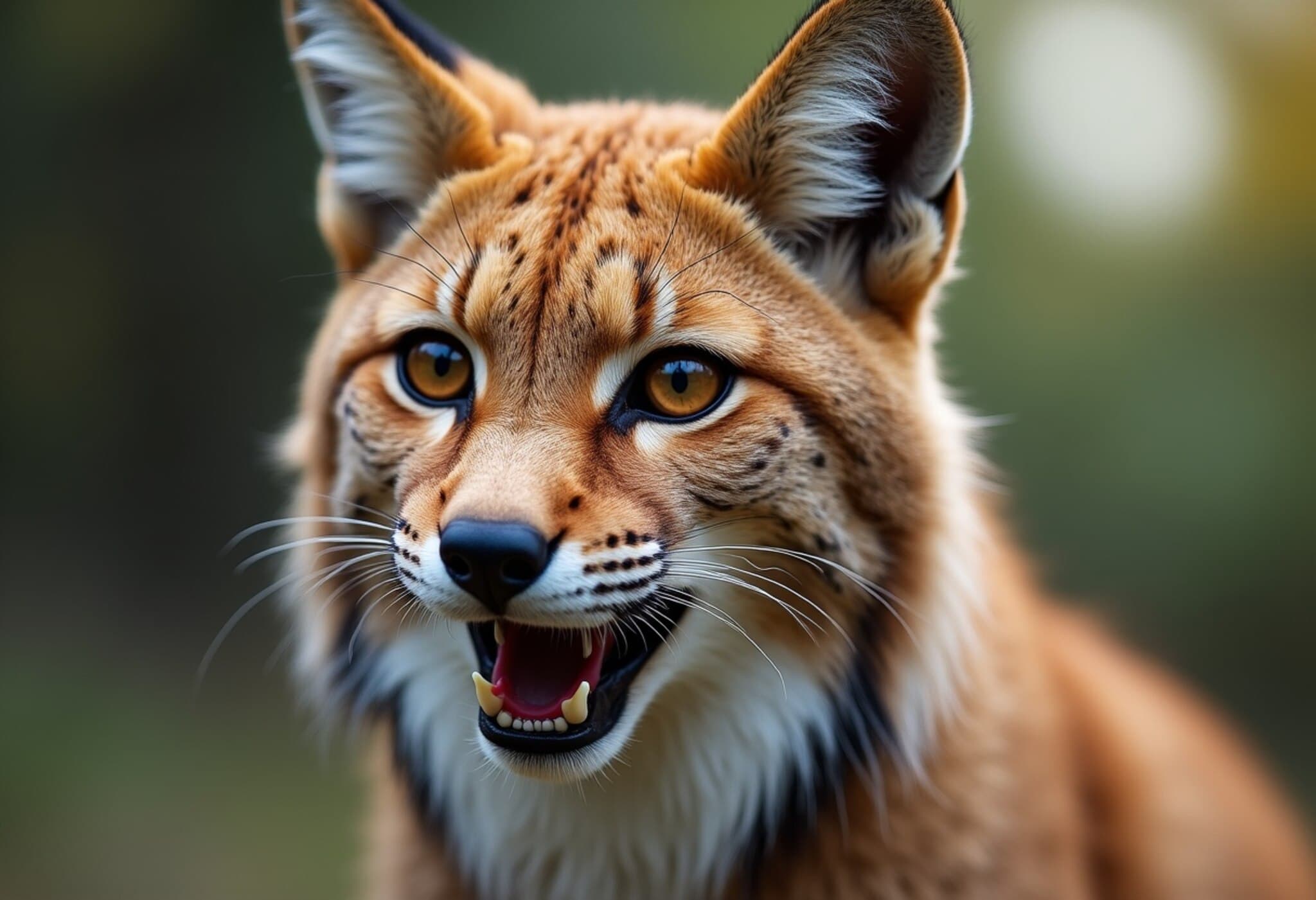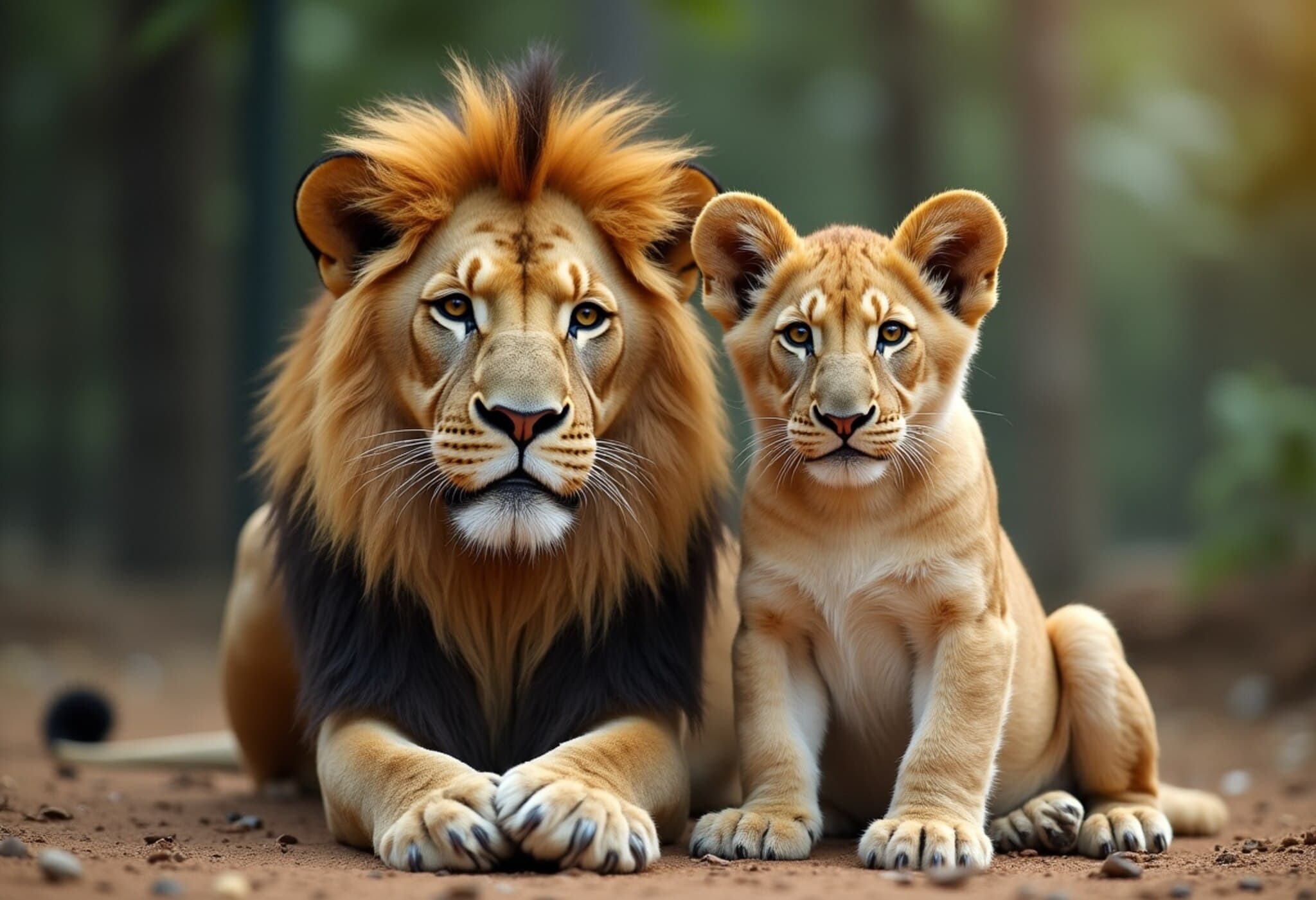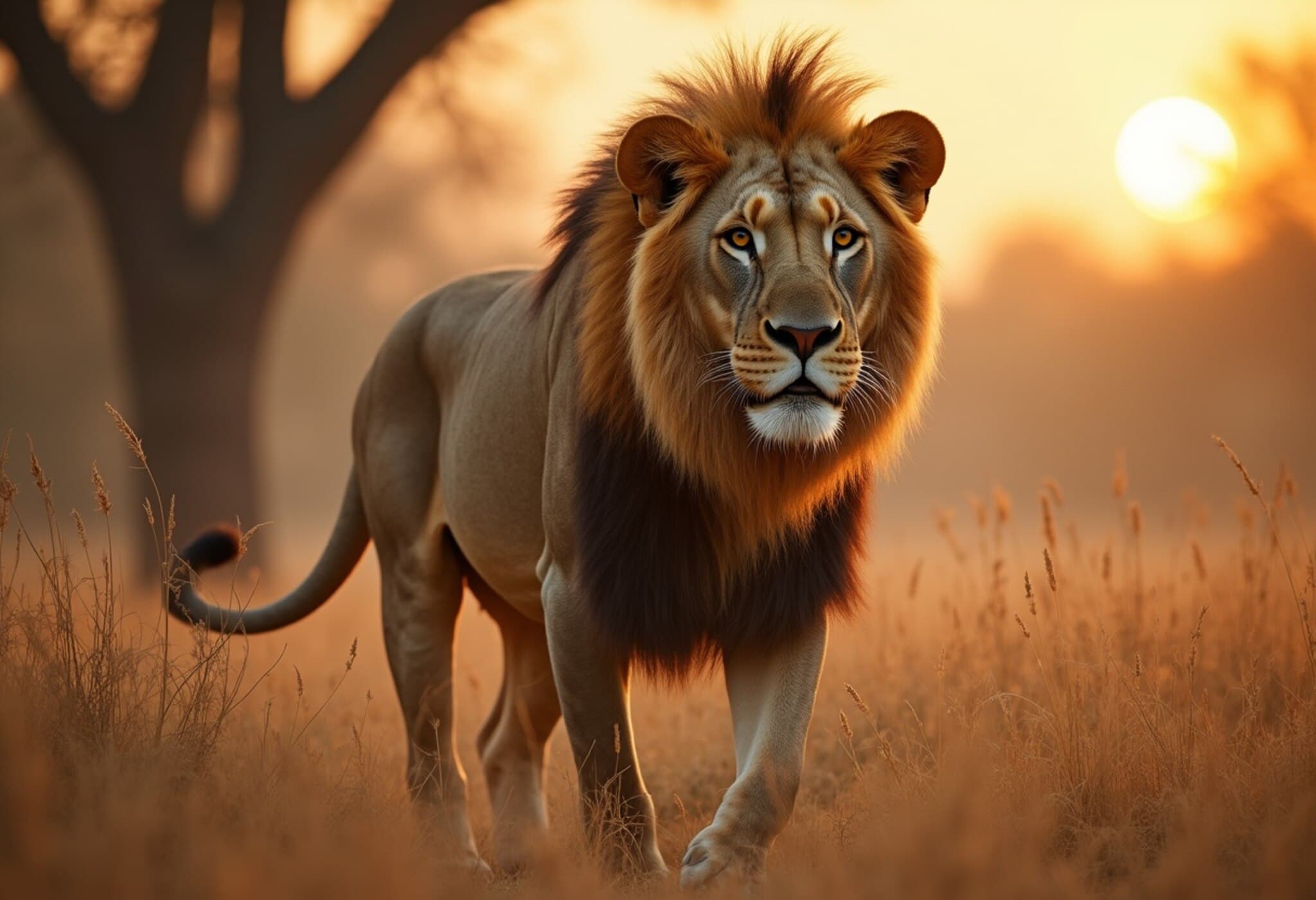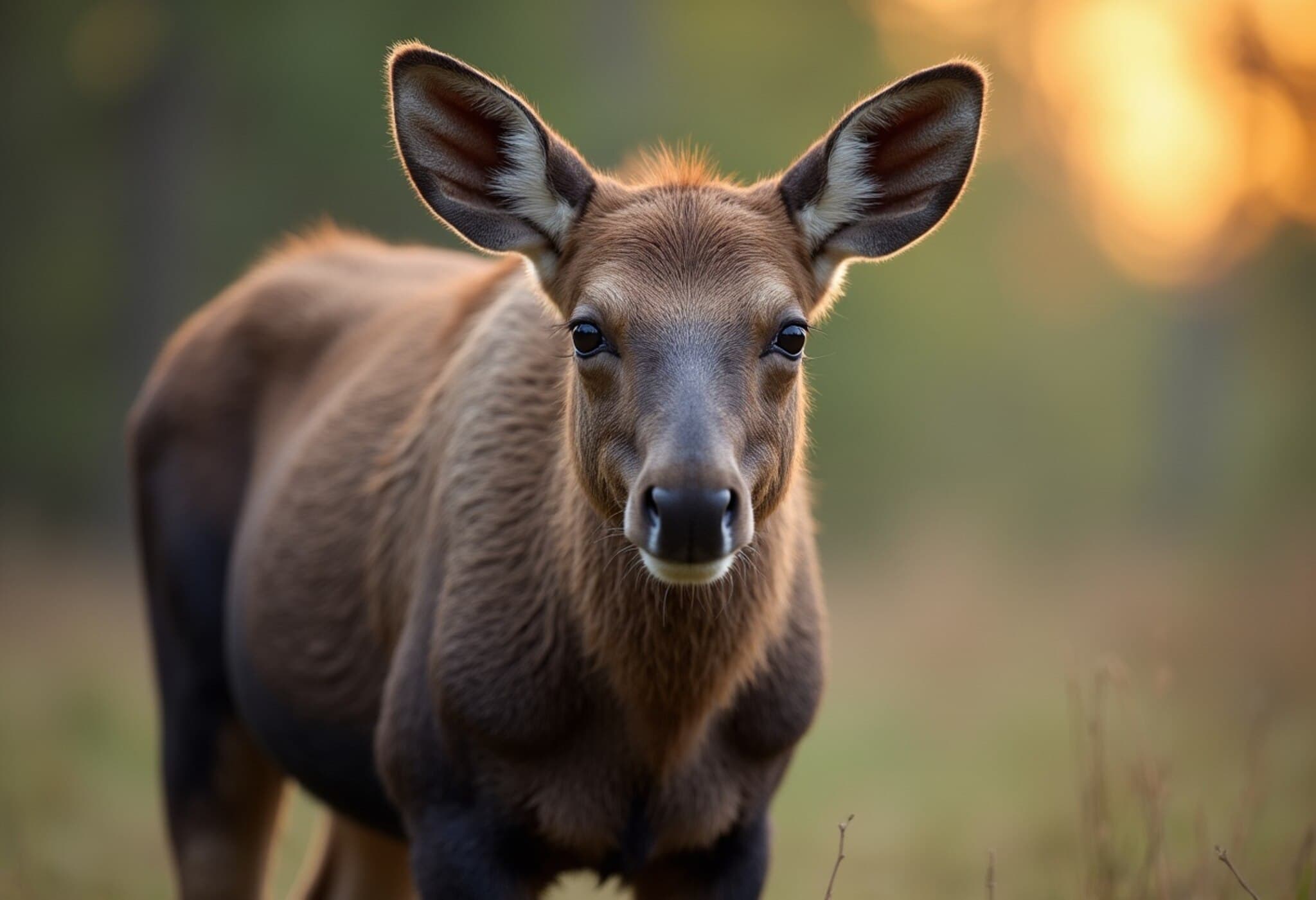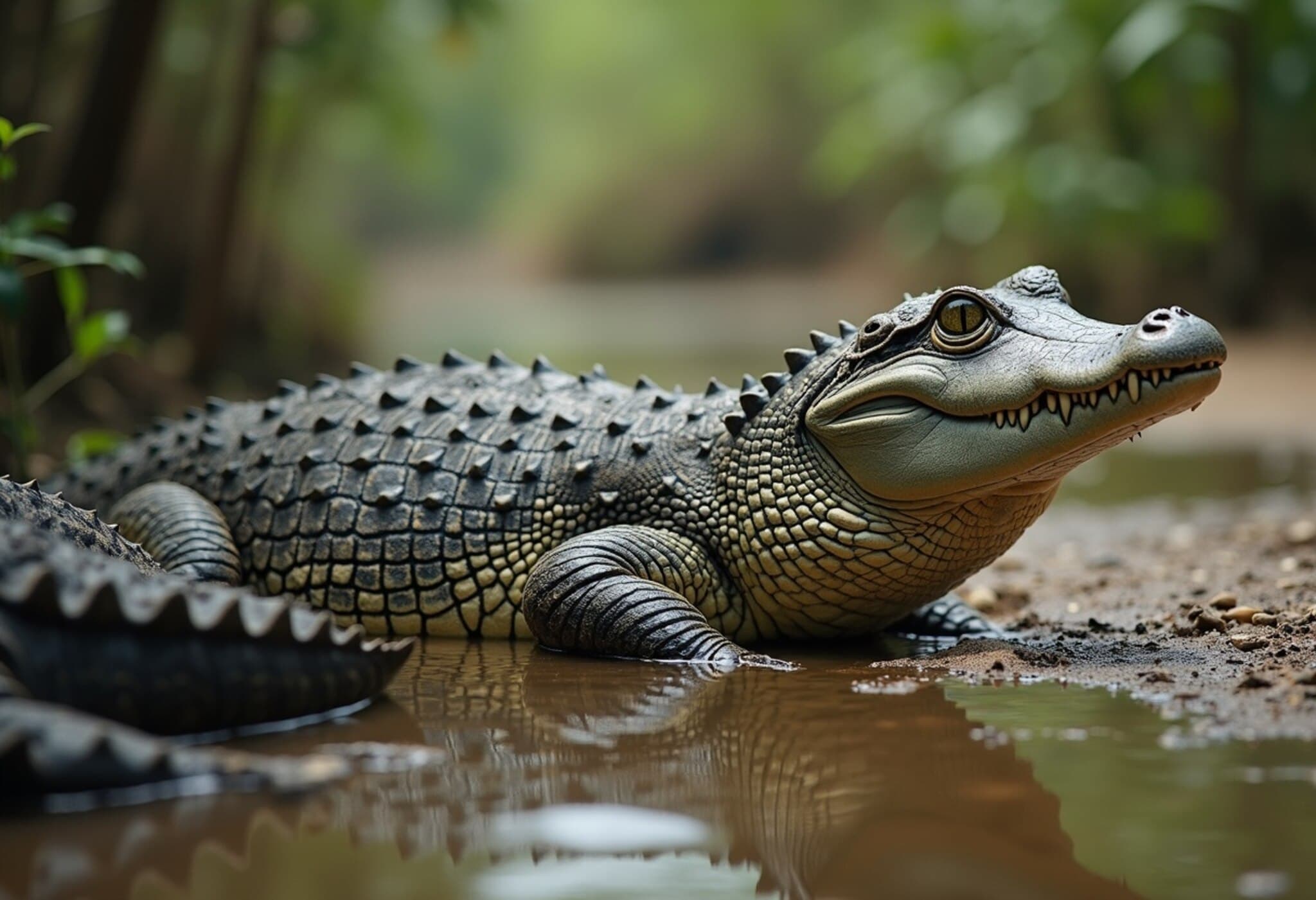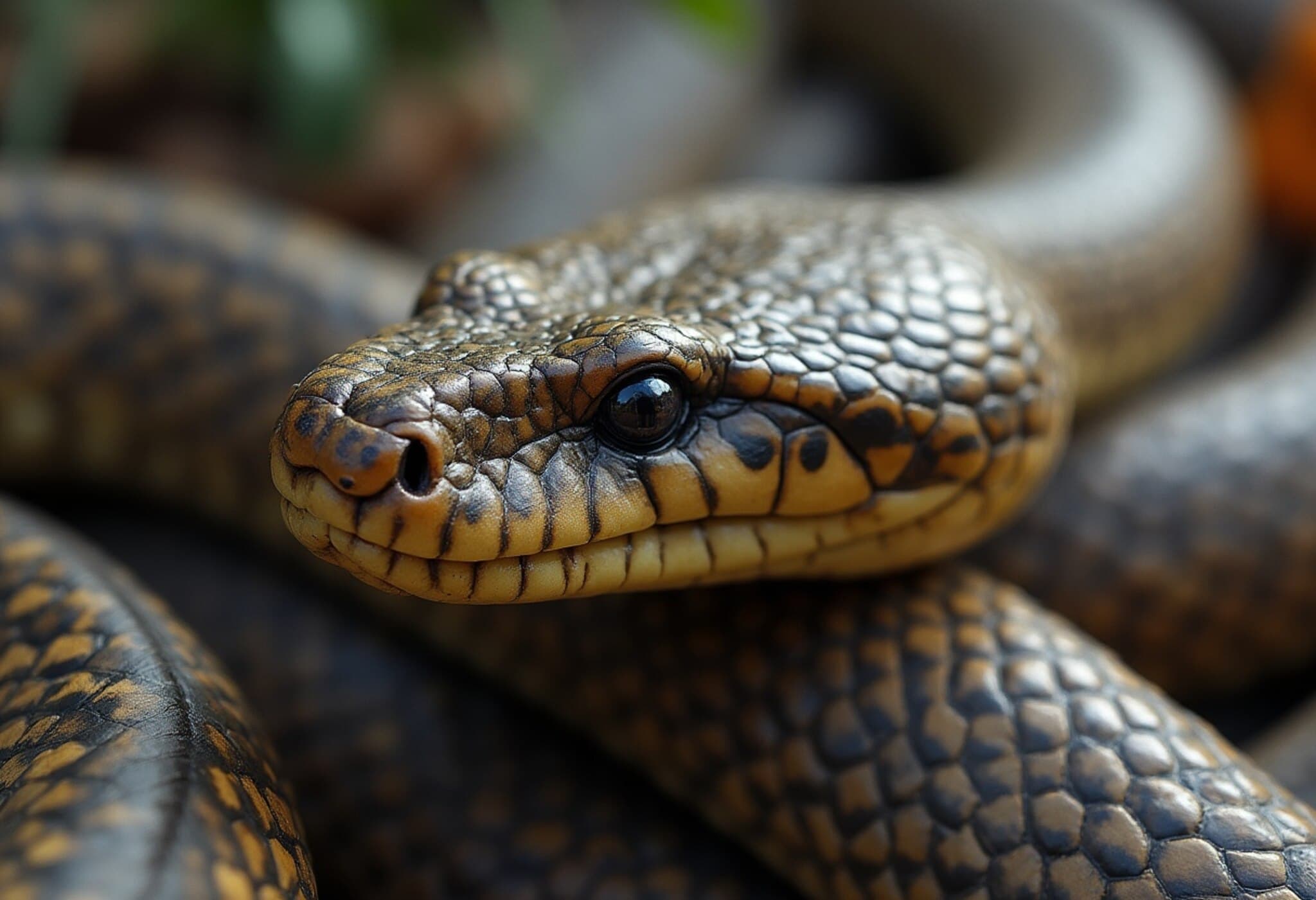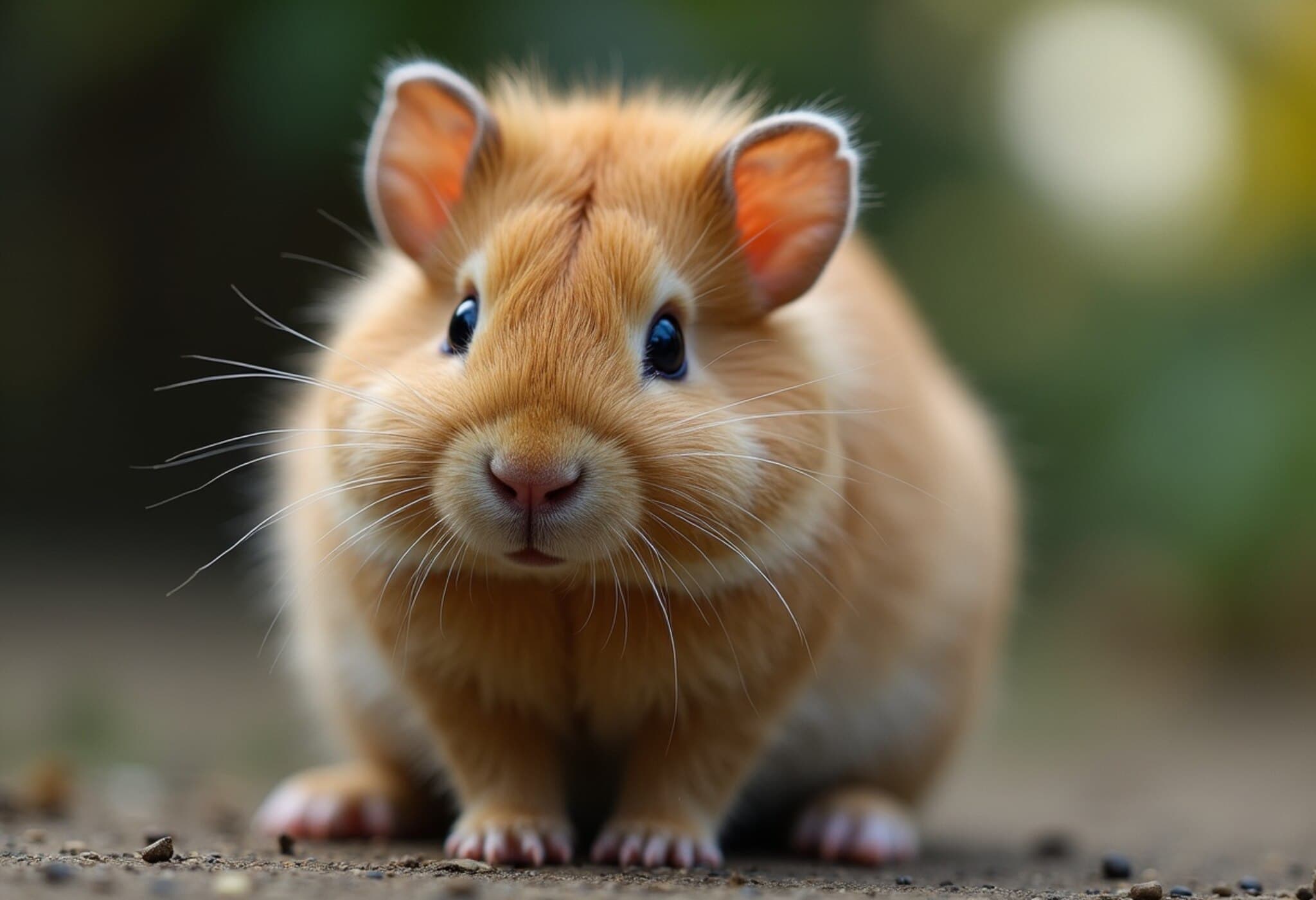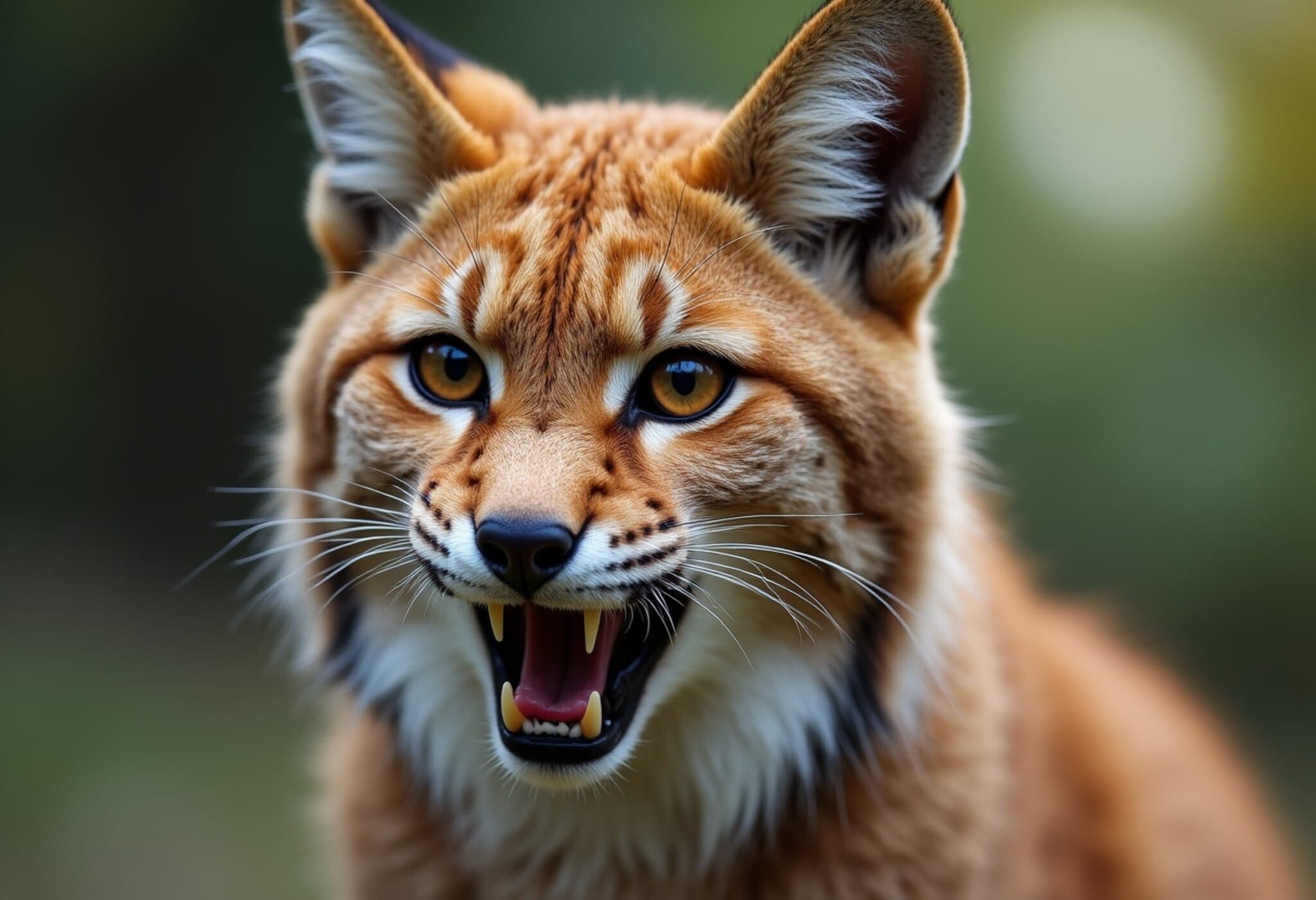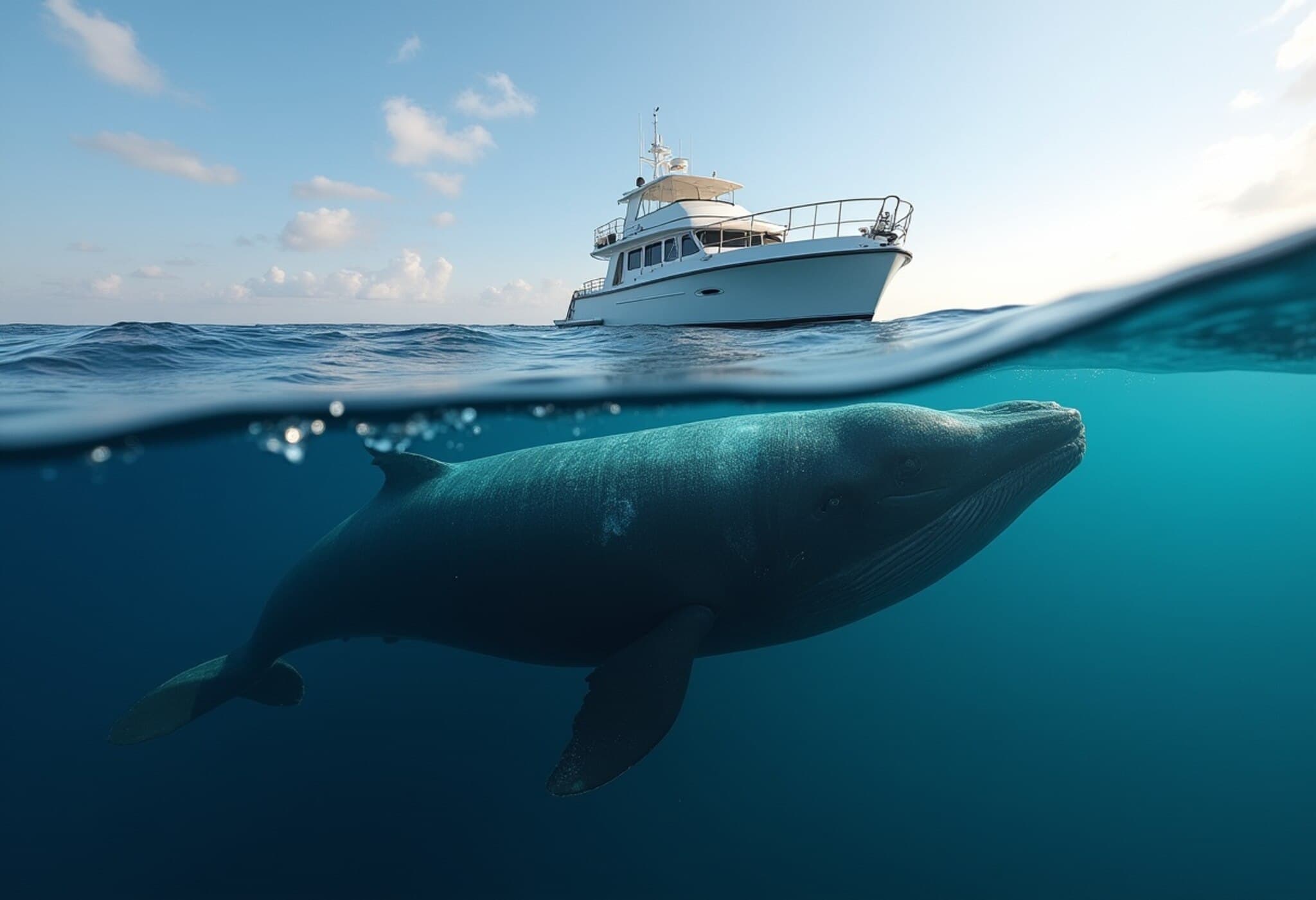Danish Zoo Appeals for Pet Donations to Nourish Predatory Animals
In an unconventional yet pragmatic initiative, Aalborg Zoo in Denmark has reached out to the public, requesting donations of healthy but unwanted pets such as rabbits, guinea pigs, and chickens. These animals will be humanely euthanised and used as natural prey for the zoo’s carnivores, including the European lynx, lions, and tigers.
Balancing Animal Welfare and Ecological Needs
The zoo highlighted on its official Instagram account that certain predators, particularly the European lynx, thrive when fed whole prey that mimics their diet in the wild — complete with fur, bones, and other natural elements. This approach supports the animals’ instinctual behaviors, nutritional health, and overall wellbeing. According to the post, "nothing goes to waste," emphasizing the zoo’s commitment to ethical resource use.
Donation of Larger Animals and Tax Implications
Aalborg Zoo also encourages owners of horses to donate live animals, with the promise of a potential tax deduction linked to the horse’s weight, provided the animals come with proper documentation such as a horse passport. Donated horses would subsequently be humanely euthanised by trained staff before entering the food chain for the zoo’s predators.
Public Reactions and Ethical Considerations
The announcement has sparked mixed reactions on social media. While many appreciate the logical and ethical effort to feed carnivores naturally, others have criticized the initiative, describing it as a “sick invention.” This divergence reflects the broader societal debate around the ethics of euthanising animals for feeding others, even when done humanely and with ecological intent.
Expert Insight from Aalborg Zoo’s Deputy Director
Pia Nielsen, deputy director of Aalborg Zoo, explained to The Guardian that this practice is not new to the zoo: “For many years... we have fed our carnivores with smaller livestock. It is necessary to provide meat that includes fur and bones to support the natural feeding behaviors of carnivores. Allowing animals that need to be euthanised to serve this purpose is a sensible, ethical solution.”
Contextualizing the Practice in a Broader Framework
This initiative sheds light on the challenges zoos face in replicating natural diets for captive carnivores, while balancing animal welfare and public sensitivities. In the U.S., zoos similarly wrestle with sourcing ethically sourced whole prey, often relying on livestock products. Aalborg’s approach raises important questions about transparency, communication, and culturally sensitive education regarding predator diets in captivity.
Environmental and Economic Dimensions
- Waste Reduction: Utilizing animals that would otherwise be euthanised minimizes waste and reduces the environmental footprint.
- Economic Benefit: The tax break incentive may encourage pet owners to contribute responsibly, creating a sustainable food chain.
- Animal Wellbeing: Ensures that predatory species receive nutritionally complete meals aligned with their natural ecology.
Questions Left to Explore
Despite the apparent benefits, this strategy invites critical reflection: How does the public perception of euthanasia for feeding impact zoo policies? Are there alternative protein sources that could be equally effective and less controversial? How transparent are zoos globally in communicating the realities of feeding carnivores?
Editor’s Note
Aalborg Zoo’s call to pet owners introduces a complex intersection of ethics, animal welfare, and ecological necessity. While it underscores responsible resource use and supports natural predator behaviors, it also challenges societal comfort zones around euthanasia and animal feeding practices. As zoos strive to balance conservation, education, and care, ongoing dialogue and culturally informed transparency remain essential. Readers are encouraged to consider the broader implications of how we humanely sustain captive wild animals and what that reveals about our values.

